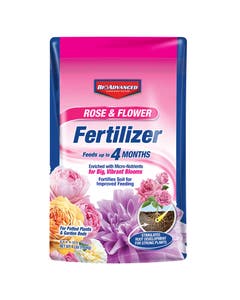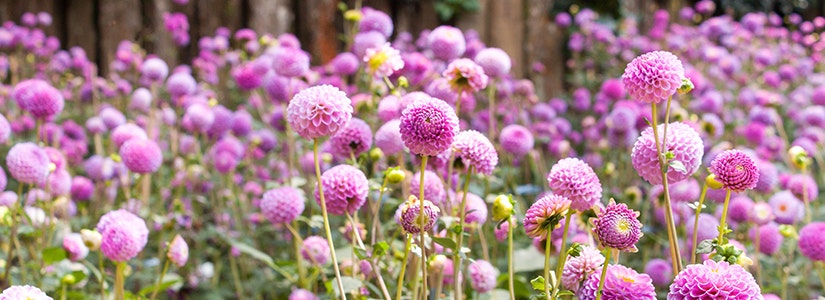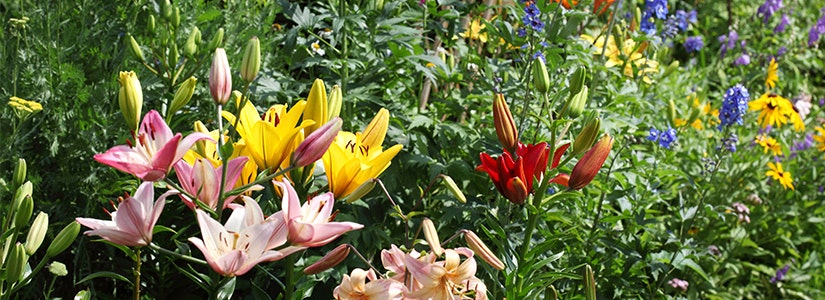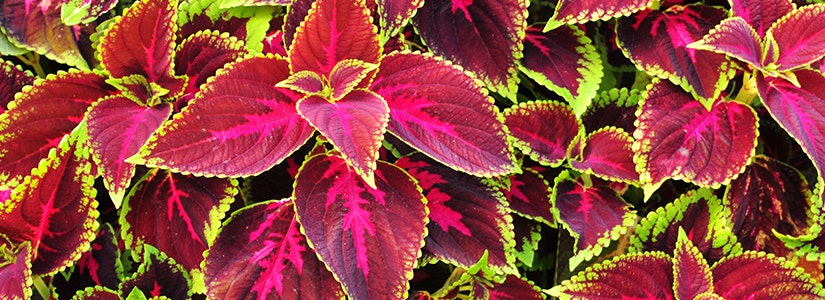.jpg)
.jpg)
- Home
- Solution Center
- Learn
- Rose & Flower
- 10 Tips for Taking Great Garden Photos
10 Tips for Taking Great Garden Photos
A garden, whether grown in a simple container or boasting a lavish border, changes constantly. In the course of a growing season, scenery can shift dramatically. What’s exquisitely beautiful one day may be ordinary and plain the next. Thanks to digital photography, we can capture the splendor of our gardens’ most memorable moments.
With a small investment of time, you can catalog your garden’s march through the seasons. Save the images for reflection during drab winter days, sharing with friends or planning next year’s plantings.
Get started by mastering simple tips that will give your garden photos a professional touch.
1. Get the light right
“Photography” means “writing with light.” Discovering the best light for shooting a garden is vital to producing gorgeous images. Avoid direct sunlight, which produces strong shadows and washes out colors. Early morning, late afternoon and twilight offer soft light with minimal shadows. Overcast days also work well. Lighten dark shadows by using a white piece of poster board to bounce light into your shot.
2. Compose the shot
Inspect the area inside the camera viewfinder carefully. Look for objects that could mar the beauty of the photo, such as dead flowers, a curve of garden hose, or utility lines or boxes. If you can’t physically remove objects, alter your photo angle to attempt to eliminate the problem.
3. Shift positions
Try not to take every photo from a standing position. Plants and flowers look completely different when you kneel and shoot them on their level. For a fun perspective, get beneath blooms and shoot upward.
4. Capture content
It’s natural to zero in on a pretty flower, but take time to shoot bloomers in combination with neighboring plants. While reviewing images, you might see that your star flowering plant has ho-hum co-stars. Craft plant combinations with the camera lens in mind, and you’ll also refine your garden design.
5. Crop with style
As you examine a flower or leaf, focus on individual parts by cropping tightly. Use a macro lens for intense detail. Shift photo angles slightly to stylize your shot.
6. Add water
After a light rain shower, grab your camera and head to the garden. Clinging water droplets make even grass blades look artfully inspired. Hairy, fuzzy or cup-shaped leaves really shine when covered with water. If rain’s not in the forecast, grab a watering can and splash water onto plants.
7. Go buggy
Insects headline in garden photos – from elegant butterflies to busy beetles and slow-moving millipedes. If an insect is moving too quickly to snap, catch it in a small container and pop it in the refrigerator for an hour. This doesn’t harm the insect but slows them down enough to get a shot. They’ll scurry off once they warm up.
8. Repeat for effect
Shoot the same scene throughout the growing season. This not only showcases the gradual change, but it also helps illuminate seasonal color holes in planting beds.
9. Shoot off-center
Give photos a sense of movement by positioning the subject slightly off-center. This causes the eye to travel instinctively through the photo, taking in every detail.
10. Preview images
Display your images on your computer screen, combing through them carefully. Delete any that aren’t up to par. Reshoot as necessary.














